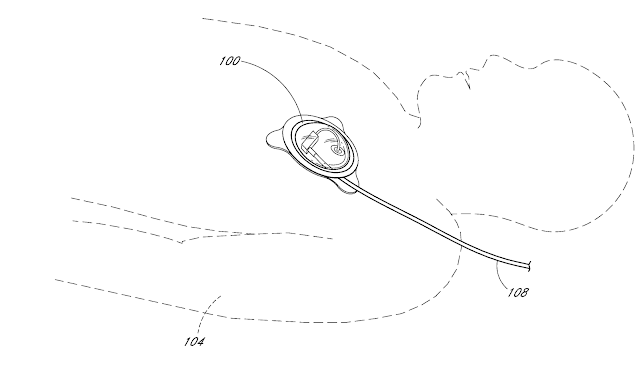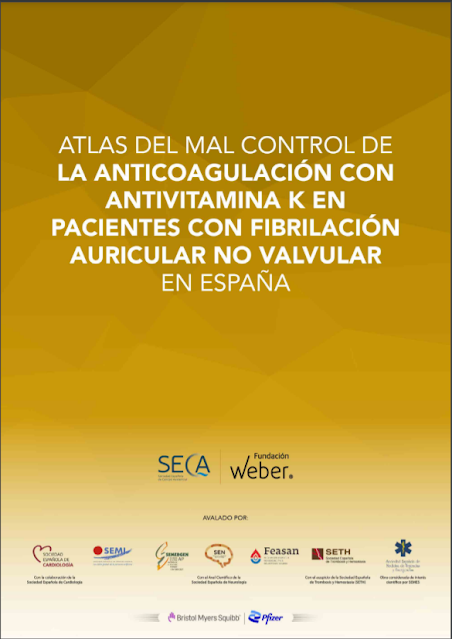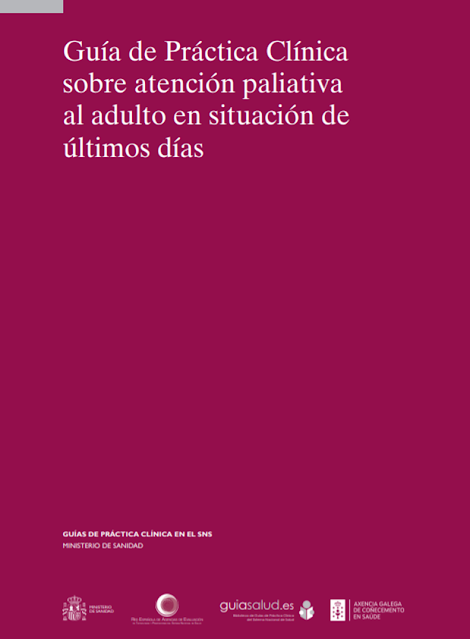Guía de Práctica Clínica
sobre atención paliativa
al adulto en situación de
últimos días
OBJETIVOS
El objetivo de esta Guía de Práctica Clínica es servir como instrumento para mejorar la atención sanitaria de las personas en situación de últimos días y de sus familias, en los distintos ámbitos y centros donde sean atendidos (atención hospitalaria, atención primaria, atención en domicilio, servicios de urgencias y centros sociosanitarios). Se abordan las siguientes áreas clínicas: reconocimiento de la situación de últimos días, comunicación e información, toma de decisiones compartida y desarrollo del plan de cuidados, hidratación, manejo de síntomas (dolor, disnea, náuseas y vómitos, ansiedad, delirium y estertores) y sedación paliativa. También se incluye información sobre aspectos ético-legales y un documento de información para familiares y allegados.
ENTIDADES
Entidad/es financiadora/s: Ministerio de Sanidad
Entidad/es elaboradora/s: Agencia Gallega para la Gestión del Conocimiento en Salud (ACIS). Unidad de Asesoramiento Científico-técnico, Agencia de Evaluación de Tecnologías Sanitarias de Galicia / Unidad de Asesoramiento Científico-técnico (avalia-t)
Entidad/es promotora/s: Agencia de Evaluación de Tecnologías Sanitarias de Galicia / Unidad de Asesoramiento Científico-técnico (avalia-t), Ministerio de Sanidad. Agencia Gallega para la Gestión del Conocimiento en Salud (ACIS). Unidad de Asesoramiento Científico-técnico
ENFERMEDADES
(C00-D49) NEOPLASIAS
ENFOQUE
Promoción de la salud, Tratamiento
DESCARGAR










































